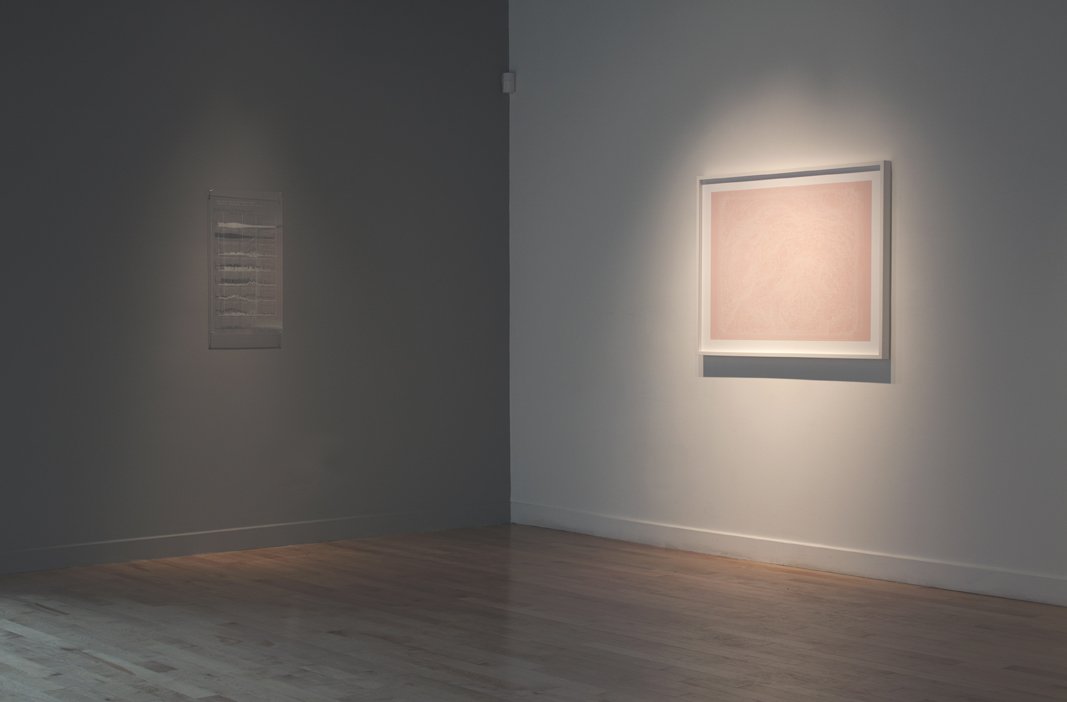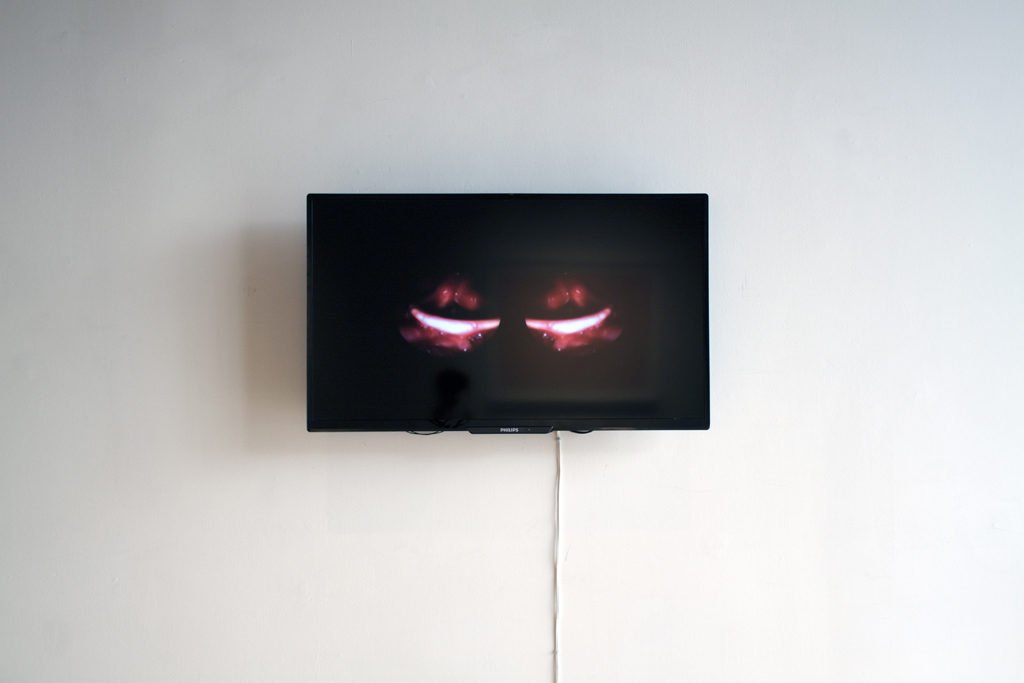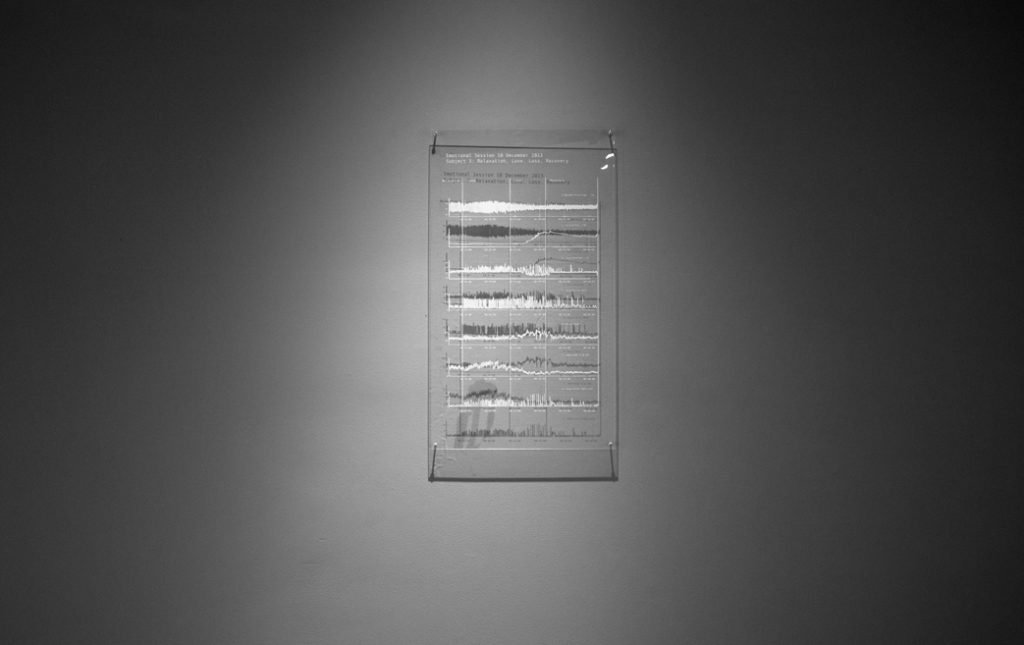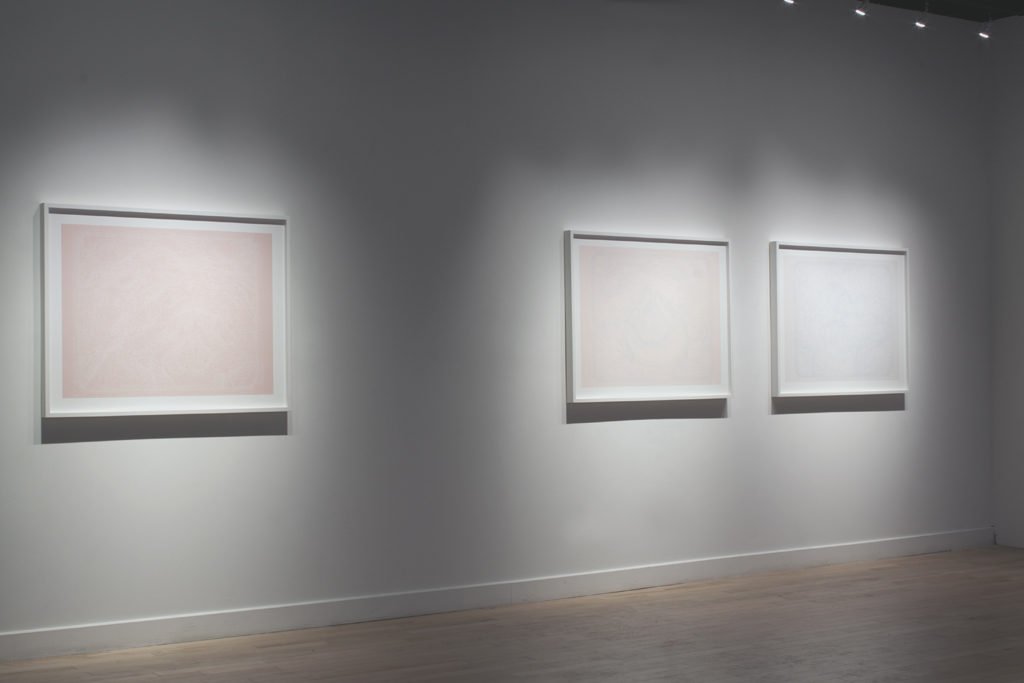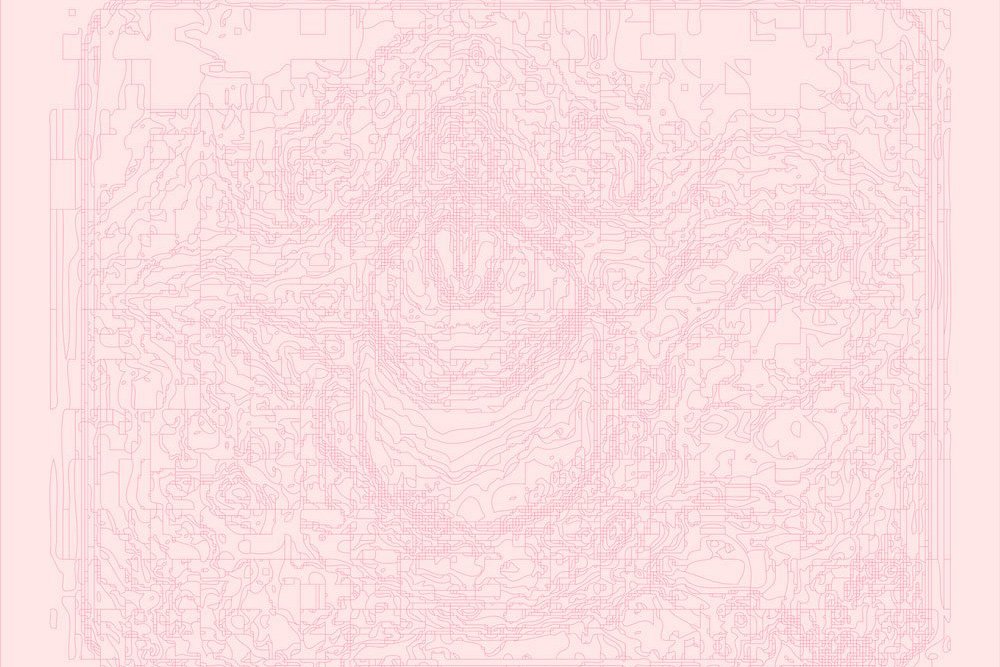Vocales Digitales
Erin Gee
Vocales Digitales
March 26 – May 14
Opening Reception: Saturday, March 26, 2:00-4:00pm
Artist Talk and Catalogue Launch: April 23, 2:00pm
Biosensor/Arduino Workshop: April 24, 10 am (full day) $25 registration required
Original Performance with Daniel Àñez and the Hamilton Children’s Choir (June 25, 2016)
Hamilton Artists Inc. is pleased to present Vocales Digitales, a solo exhibition by new media artist and composer Erin Gee, featuring installations exploring the potentials of human voices in electronic bodies as well as electronic voices in human bodies. Based on a robust research practice, Gee draws from neuroaesthetics, a field that investigates the potentials of neurological and physiological data, as both the basis of, and inspiration for, her technologically complex installations. Turning the inside out, Gee culls data from physiological sources such as the human larynx as well as intangible sources such as human emotions, and transforms them into highly realized aesthetic and musical compositions. Using languages of notation, code, and data, Gee explores the flesh and experience of human bodies, seeking out poetic languages of machine visualization to return the quantitative once more into a space of aesthetics through the experience of music.
The exhibition is accompanied by a bilingual publication featuring essays by Maiko Tanaka and Eric Lewis. The catalogue launch will be accompanied by an artist talk and will take place April 23, at 2:00 pm. The catalogue can be downloaded HERE (4.5mb).


